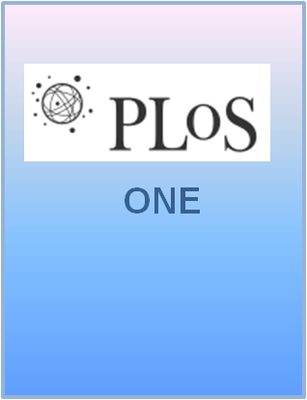 “Real-time assessment of 13C metabolism reveals an early lactate increase in the brain of rats with acute liver failure” by Laia Chavarria, Jordi Romero-Giménez, Eva Monteagudo, Silvia Lope-Piedrafita, Juan Cordoba. NMR in Biomedicine (2014) 28:17-23. DOI: 10.1002/nbm.3226
“Real-time assessment of 13C metabolism reveals an early lactate increase in the brain of rats with acute liver failure” by Laia Chavarria, Jordi Romero-Giménez, Eva Monteagudo, Silvia Lope-Piedrafita, Juan Cordoba. NMR in Biomedicine (2014) 28:17-23. DOI: 10.1002/nbm.3226
Intracranial hypertension is a severe complication of acute liver failure (ALF) secondary to brain edema. The pathogenesis of cerebral edema in ALF is not clear, but seems to be related to energy metabolism in which lactate may have an important role. The aim of this study was to follow the synthesis of brain lactate using a novel in vivo metabolic technology in a rat model of ALF. Continue reading Hyperpolarized 13C Magnetic Resonance in Acute Liver Failure Rats
 new ex vivo method to evaluate the performance of candidate MRI contrast agents: a proof-of-concept study” by Candiota A.P., Acosta M., Simões R.V., Delgado-Goñi T.,
new ex vivo method to evaluate the performance of candidate MRI contrast agents: a proof-of-concept study” by Candiota A.P., Acosta M., Simões R.V., Delgado-Goñi T., 


 “Brain magnetic resonance in experimental acute-on-chronic liver failure” by L. Chavarria, M. Oria, J. Romero-Giménez, J. Alonso,
“Brain magnetic resonance in experimental acute-on-chronic liver failure” by L. Chavarria, M. Oria, J. Romero-Giménez, J. Alonso, 



